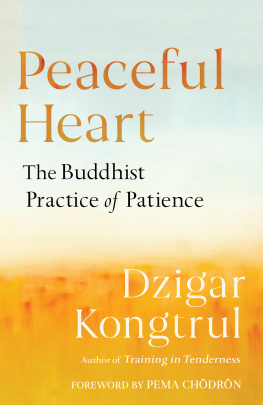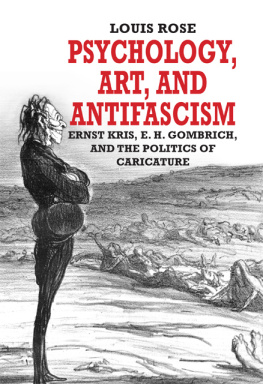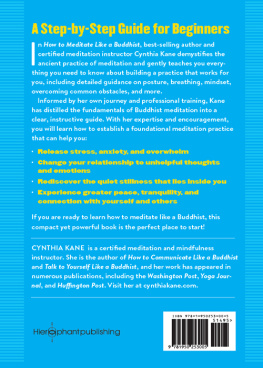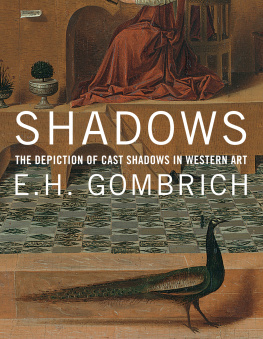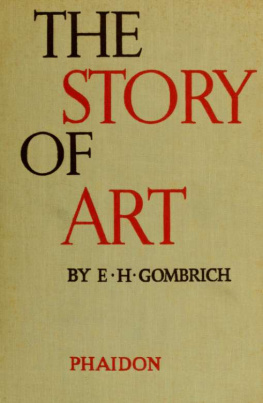First published in 1995 by Clarendon Press.
This edition first published in 2009 by
Routledge
2 Park Square, Milton Park, Abingdon, Oxon, OX14 4RN
Simultaneously published in the USA and Canada
by Routledge
270 Madison Avenue, New York, NY 10016
Routledge is an imprint of the Taylor & Francis Group, an informa business
Clarendon Press, 1971
Transferred to Digital Printing 2009
All rights reserved. No part of this book may be reprinted or reproduced or utilised in any form or by any electronic, mechanical, or other means, now known or hereafter invented, including photocopying and recording, or in any information storage or retrieval system, without permission in writing from the publishers.
British Library Cataloguing in Publication Data
A catalogue record for this book is available from the British Library
ISBN 10: 0-7103-0444-7 (hbk)
ISBN 13: 978-0-7103-0444-5 (hbk)
Publishers Note
The publisher has gone to great lengths to ensure the quality of this reprint but points out that some imperfections in the original copies may be apparent. The publisher has made every effort to contact original copyright holders and would welcome correspondence from those they have been unable to trace.
Preface
THIS book is a revised version of my thesis, Contemporary Sinhalese Buddhism in its relation to the Pali Canon, approved for the D.Phil. degree at Oxford University. The thesis was substantially written in the university vacations of 19667. On sabbatical leave in Ceylon in the latter half of 1969 I took the opportunity to make some changes, but although I hope to have eliminated some mistakes, I could not entirely bring it up to date, or profit by all the publications which have appeared since I started writing. Rather than delay publication still further I am letting it go forward now, for revision is a process which can never be completed. In particular, however, I must mention that was written before I had read Homo Hierarchies by Louis Dumont (Gallimard, Paris, 1966); I would formulate most of the first half of the chapter very differently today, but I have let it stand because I do not think that my conclusions have been invalidated. I regret also that the following reached me too late to be used: Heinz Bechert, Einige Fragen der Religionssoziologie und Struktur des sdasiatischen Buddhismus, International Yearbook for the Sociology of Religion, vol. 4, 1968, pp. 25195; S. J. Tambiah, Buddhism and the Spirit Cults in North-East Thailand (C.U.P., Cambridge, 1970).
The greatest pleasure in finishing the book comes from the opportunity it gives me formally to acknowledge the help and kindness I have received during its preparation. The field work on which it is based was undertaken in Ceylon from August 1964 to August 1965, a visit wholly financed by a Treasury Studentship from the British Government. My second visit, in 1969, was largely paid for by a Hayter travel grant awarded to me by Oxford University. The success of both visits was, however, entirely due to the material and moral support given me by friends, and to my wife, who both times accompanied me and kept house unaided in the village for a total of nearly two years. In England before I left, Professor Gananath Obeyesekere gave me invaluable advice about criteria on which to choose my village, as well as a great deal of academic advice and practical assistance when he had returned to Ceylon. The Rev. Walpola Rahula received me in Paris, answered a lot of questions, and has continued ever since to treat me with the greatest kindness. I owe my introduction to both these scholars to that renowned patron of Ceylon studies Professor E. F. C. Ludowyk. When we reached Ceylon we would never have found a suitable village had not Professor P. W. Vithanage devoted several whole days to driving us round and giving us the benefit of his geographical knowledge and geological wisdom. Our first steps in Sinhalese were guided by Mr. B. L. Fernando of St. Antonys College, Katugastota, who for two months took endless trouble in teaching us, and has never since lost interest in his pupils. These are my more strictly academic debts in Ceylon. I am not thanking a field assistant or interpreter because I had none.
On the more personal side, I wish to thank Major and Mrs. A. A. de Alwis, Dr. and Mrs. W. M. J. Bartholomeusz, Professor and Mrs. E. F. Bartholomeusz, Mr. and Mrs. F. Lobo, Professor and Mrs. G. Obeyesekere, Professor and Mrs. P. W. Vithanage, Proctor and Mrs. H. A. C. Wickremeratne, Mr. and Mrs. L. Y. Wickremeratne, and Mr. Jayatissa Yapa for hospitality such as non-Ceylonese can hardly conceive.
While the thesis was being composed Dr. Brenda Beck, Dr. K. Malalgoda, Professor Sir Karl Popper, and of course my supervisor, Professor R. C. Zaehner, read all or part of the work and made valuable suggestions. The typists involved were too many to name individually, but I would especially like to thank the first, Mrs. Sriani Fernando, and the last Mrs. Wendy OFlaherty, for their sympathetic cooperation. Mrs. Heather Ion and my wife sacrificed much time to proof-reading when they both had better things to do.
The completed thesis was read by Dr. Bryan Wilson, Professor Obeyesekere, and my father, all of whom made just and stimulating criticisms from which I hope I have benefited. My intellectual debt to these three people and to Professor Popper cannot be adequately conveyed by references in the text. Mr. C. H. B. Reynolds generously gave me Sinhalese lessons for a whole year without prospect of reward. My mother and my wife helped immensely with the mechanics of revision and production, and spotted many slips. Finally I thank the staff of the Clarendon Press for their encouragement and efficiency.
I dedicate this imperfect draft to my informants, with gratitude and respect.
Note on the Revised Edition
FOR this edition the book has been corrected, not rewritten. I have made about a hundred changes in the body of the text, the great majority of them small corrections of misprints and slips. I owe most of the corrections to the Rev. Dr. Walpola Rahula, who has put me still further in his debt by the care with which he perused the book.
Oxford, May 1989.






